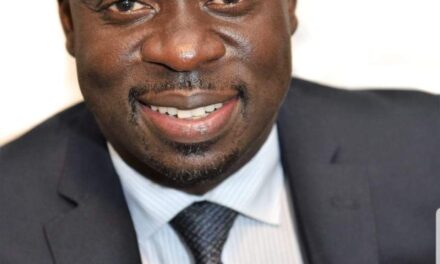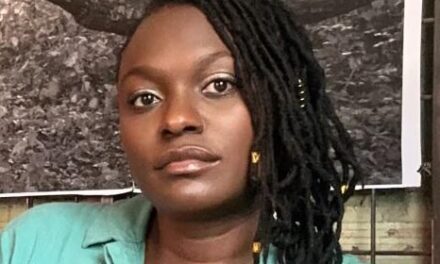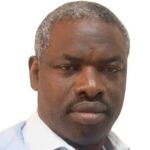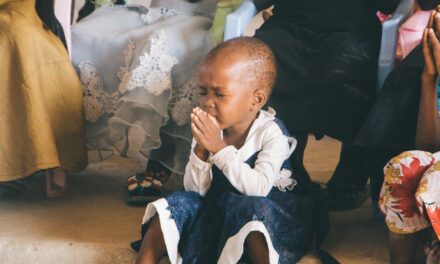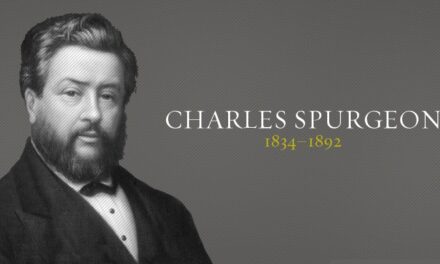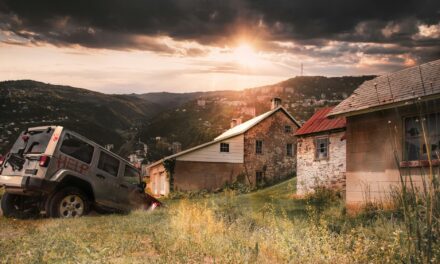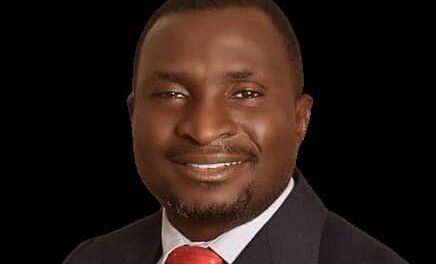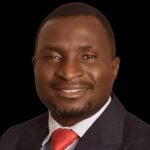
THE BIBLE RETURNS
In the early 1900s, the Hebrides Islands began to stir with a hunger for revival, intensifying through the decades. By the 1940s, fervent prayer became the heartbeat of the community, and by the early 1950s, revival swept through in a way that would leave a lasting legacy.
At the center of this movement were two elderly women. One was 84 years old and blind, while the other, 82 years old, was severely bent over due to a debilitating spinal condition. Despite their physical limitations, their hearts burned with a passion for revival, yearning for God to move powerfully on their island, the Isle of Lewis. Unable to attend church to pray or worship, they turned their humble home into a sanctuary, a gathering place where others came to join them in relentless prayer.
These women were so committed to seeing revival that they boldly confronted the local preacher, asking if his heart was fully right with God. They prayed fervently and persistently, and in time, they claimed to have seen a vision of the church overflowing with people and the presence of God.
And then, it happened. The fire of God descended on that tiny, remote island off the coast of Scotland. Among those impacted by the revival was a young teenage boy named Donald. He became so spiritually attuned that the preacher leaned on him heavily, asking him to lead prayers and assist in the meetings. Donald’s faith and prayers became integral to the movement as revival fire spread beyond the Isle of Lewis, touching lives far and wide.
From that same island came a young girl named Mary Anne Smith MacLeod, Donald’s cousin. She later immigrated to America, where, in 1936, she met and married Fred Trump. The two built a family, and Mary Anne, deeply moved by the revival and her connection to it, passed down its legacy. Her aunts—the two elderly women—had experienced the flames of revival firsthand and sent her a Bible used during that powerful movement.
Mary Anne treasured that Bible. She began having children in 1937, naming them after family members and those who had left a spiritual mark. One of her children, born in 1946, was named Donald, after her cousin from the Hebrides revival. That child would grow up to become the 45th president of the United States, Donald J. Trump.
Today, the Hebrides revival Bible resides in the Oval Office, a symbol of God’s providence and a testimony to the power of prayer and persistence.
What does this mean for us? Perhaps God is giving us a window—a chance to become a people of prayer, to seek His face for another great move of His Spirit. Will we recognize this moment? Will we be the open hearts He can use to usher in revival?
“Wilt Thou not revive us again?” The question still rings out. The answer is ours to give. Will you say yes?

